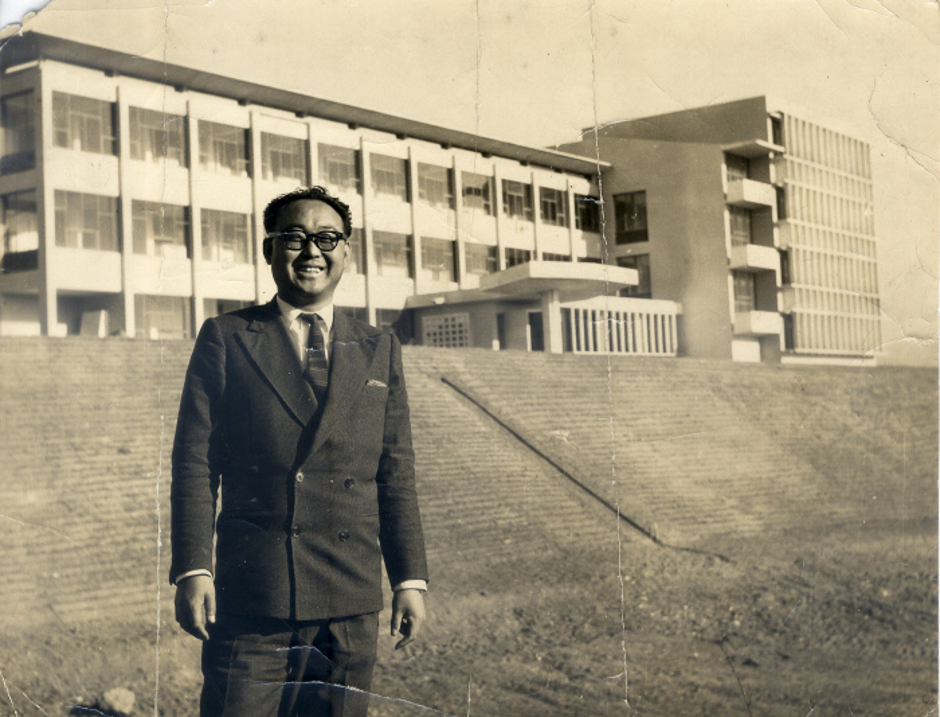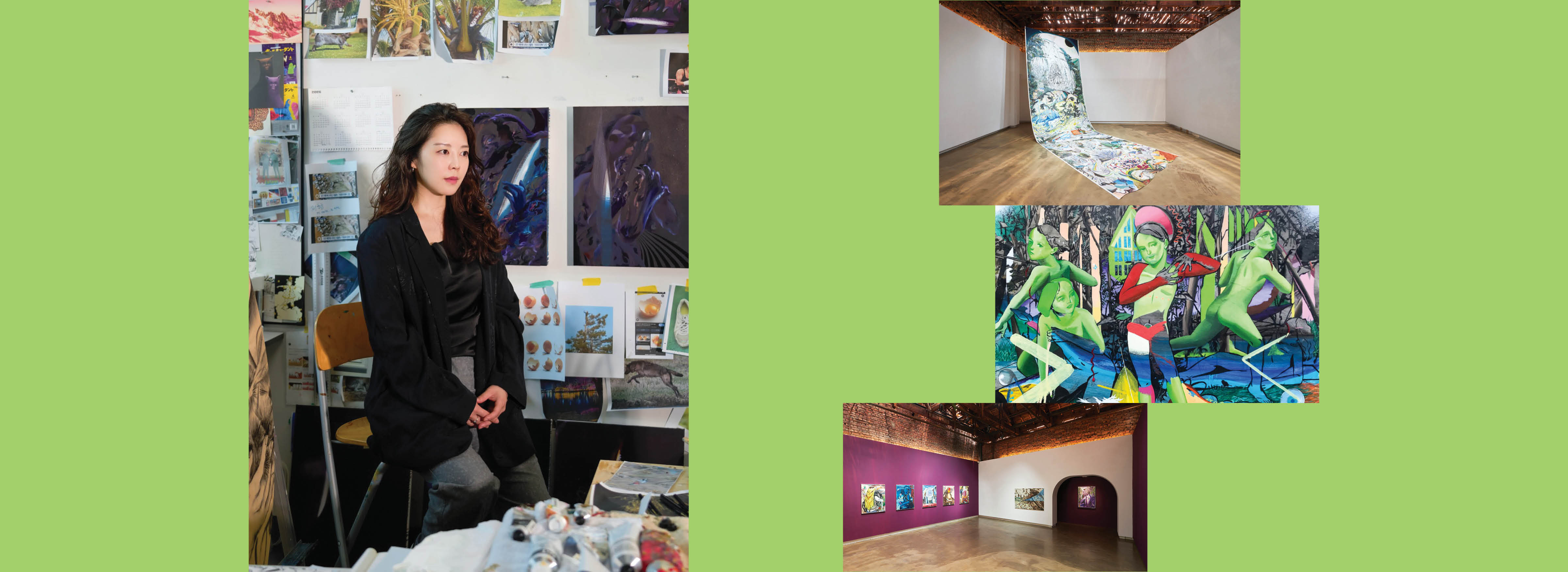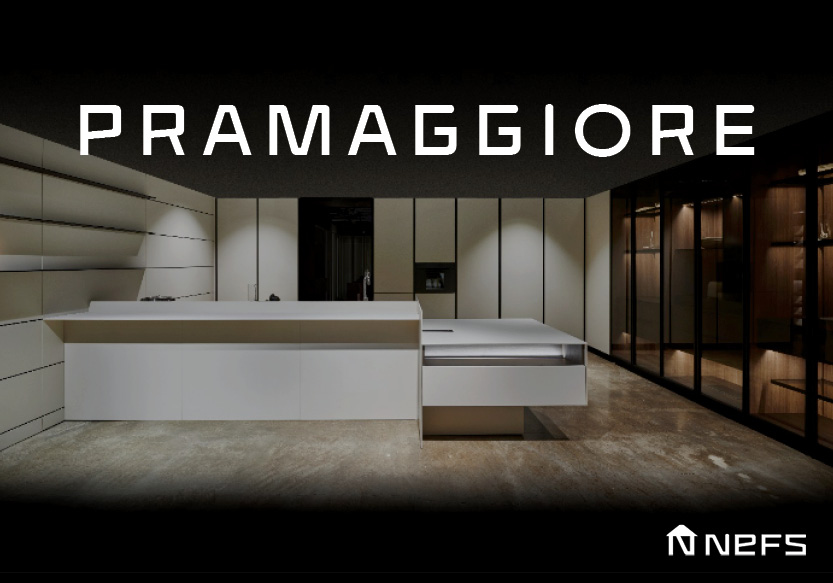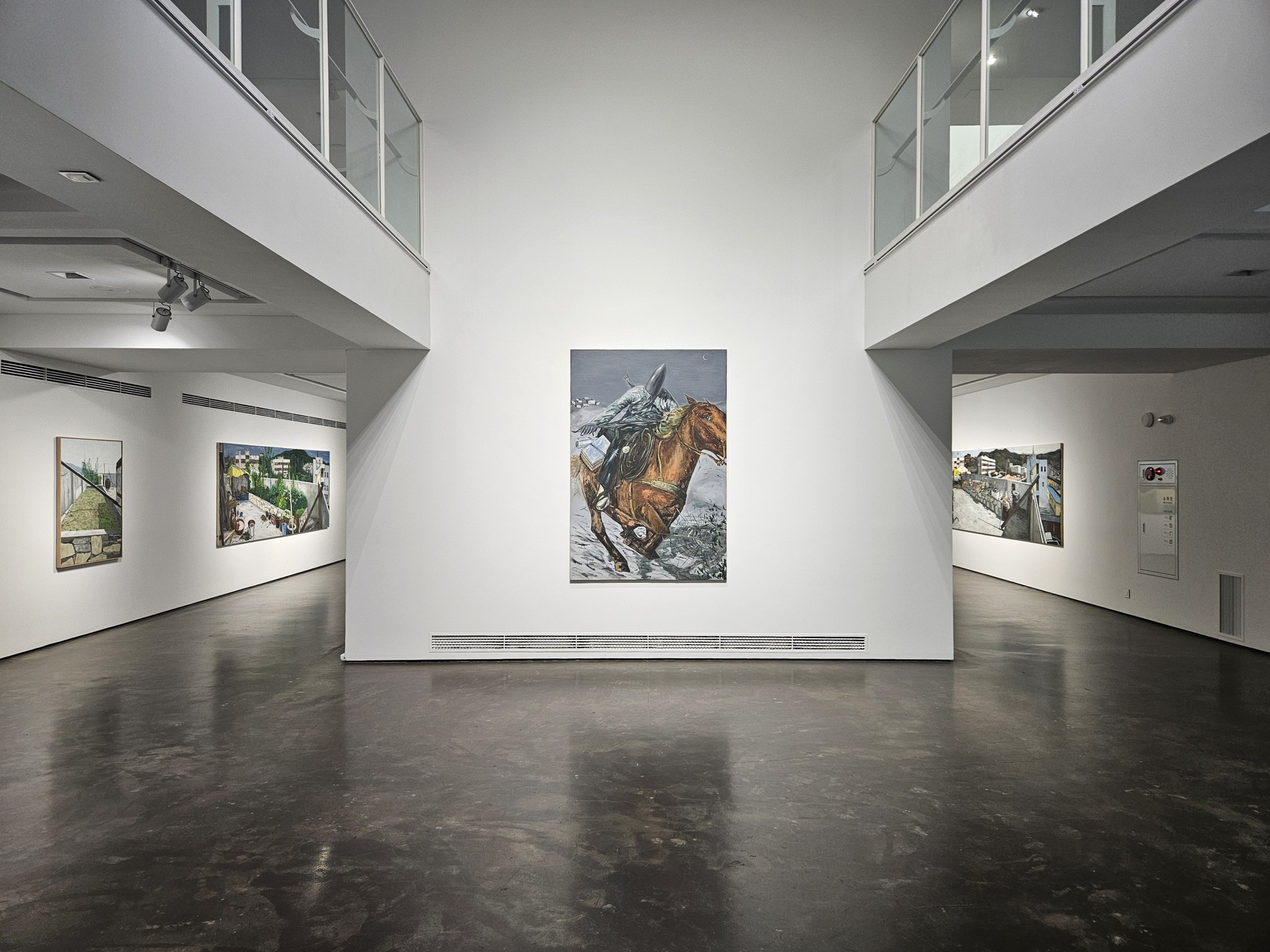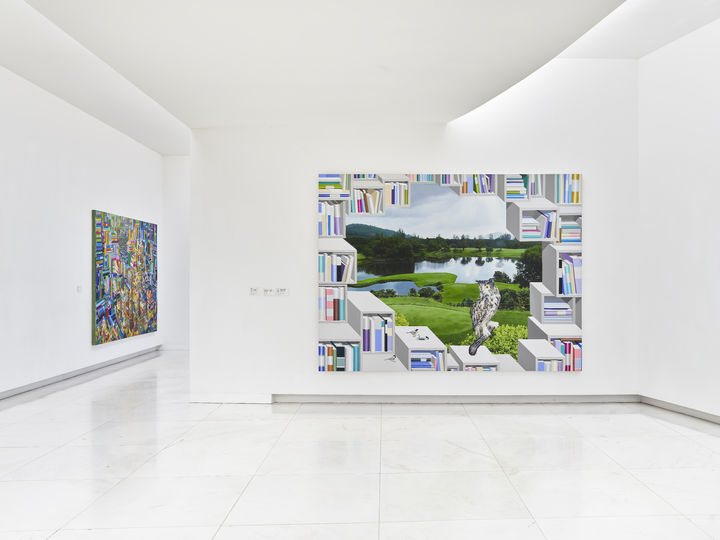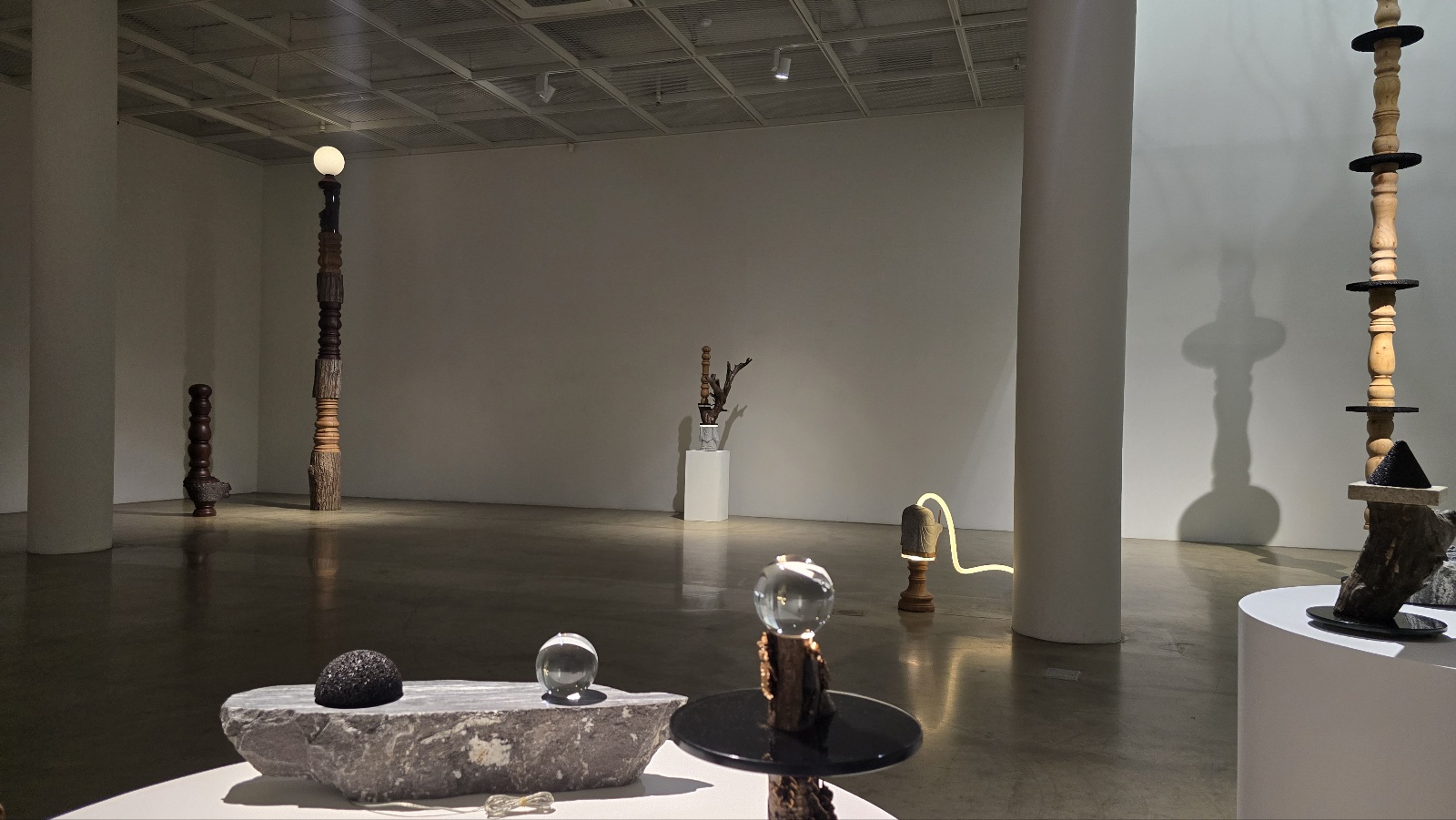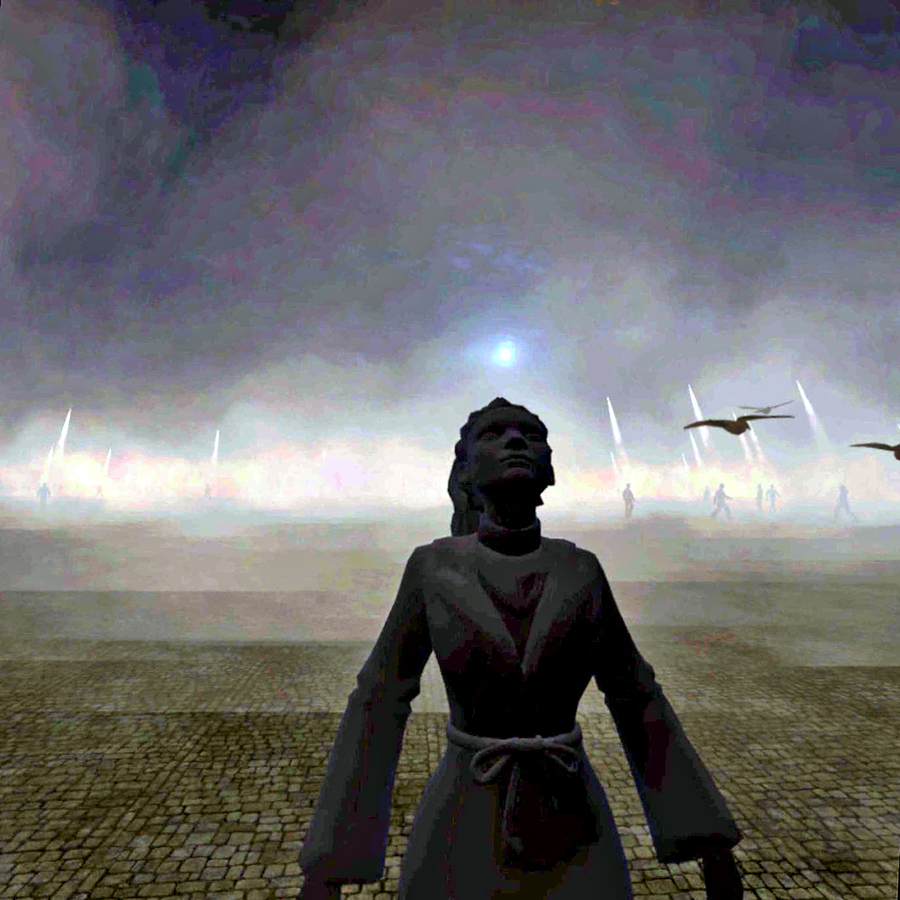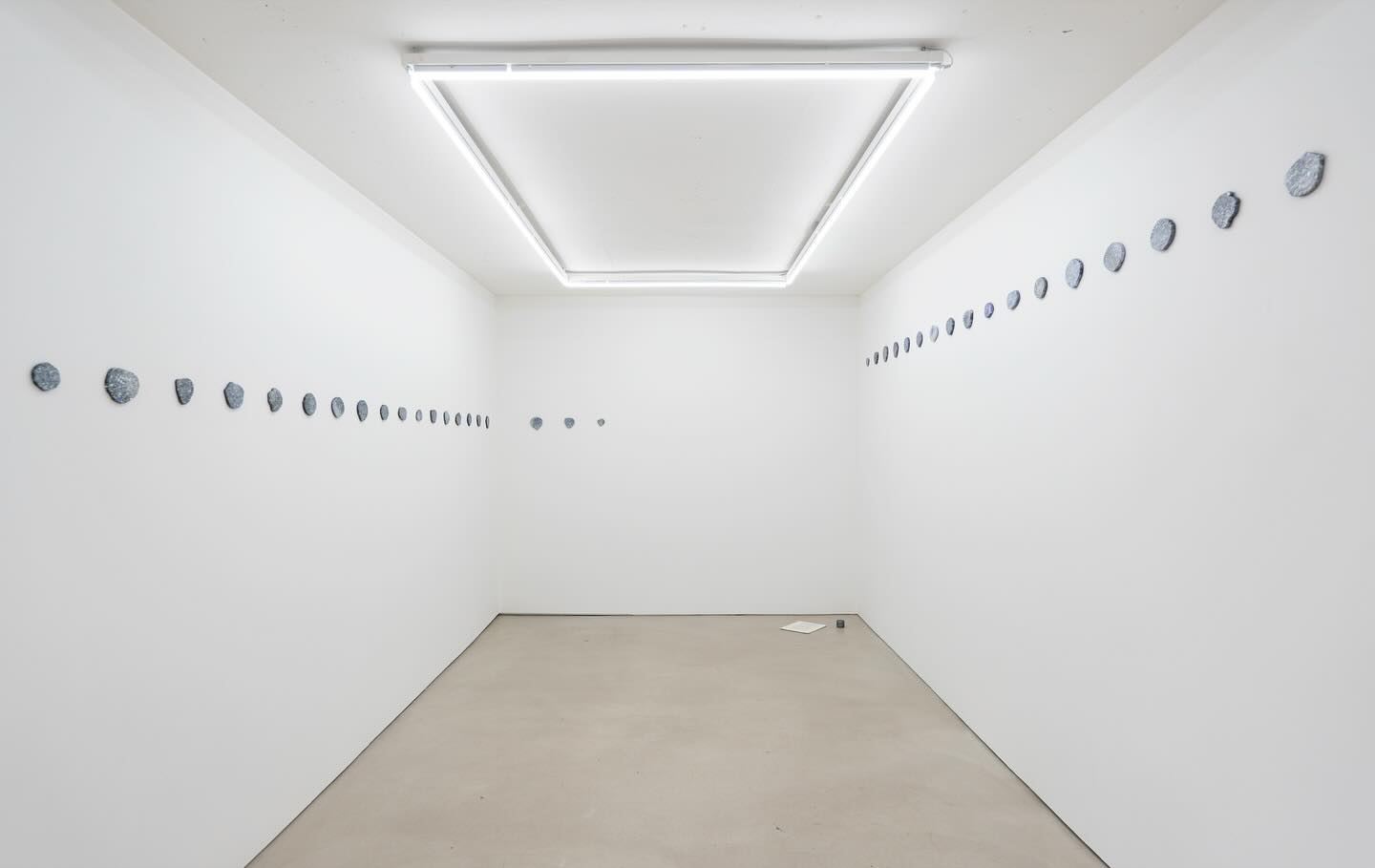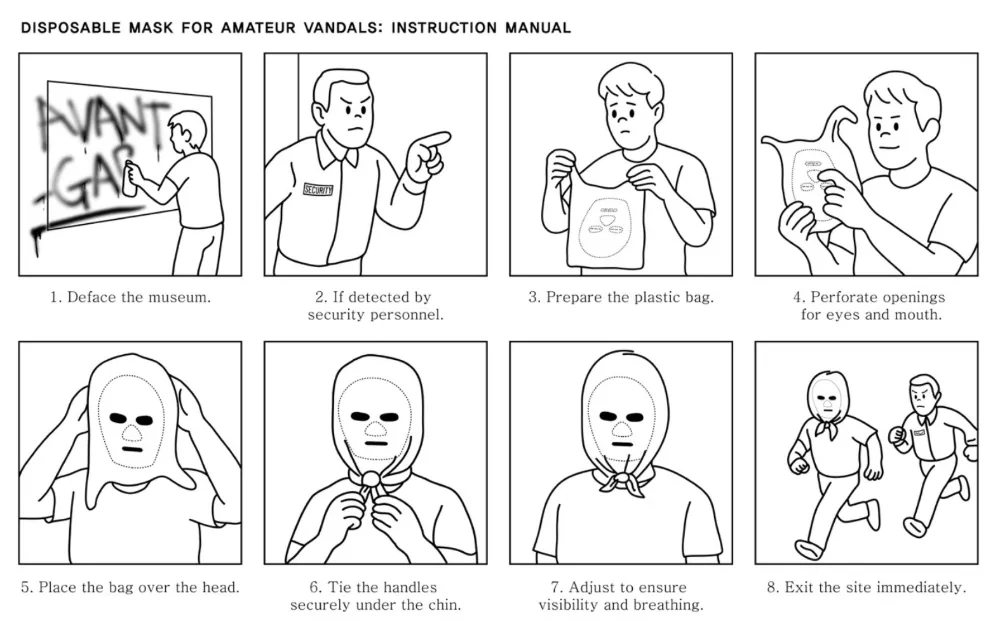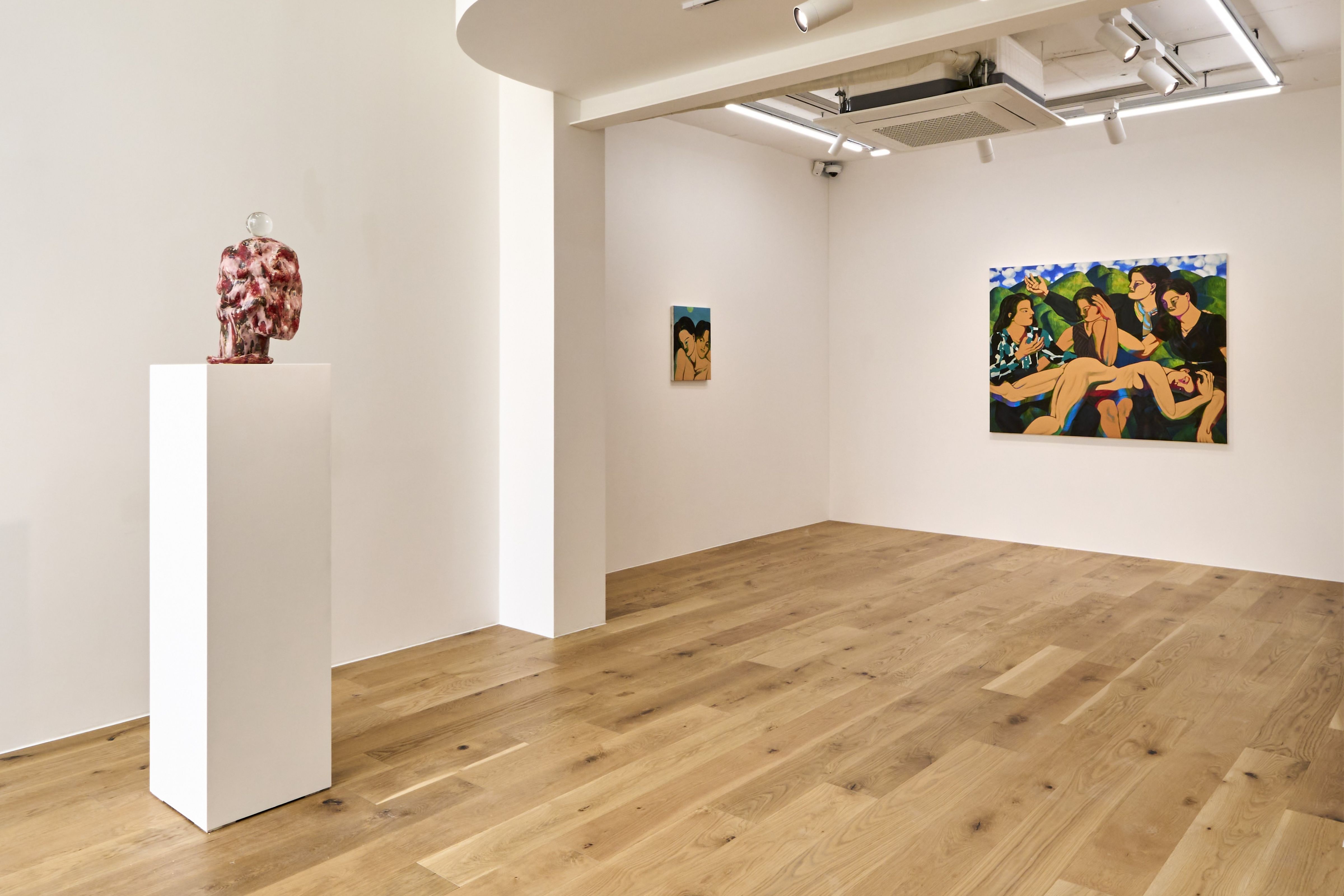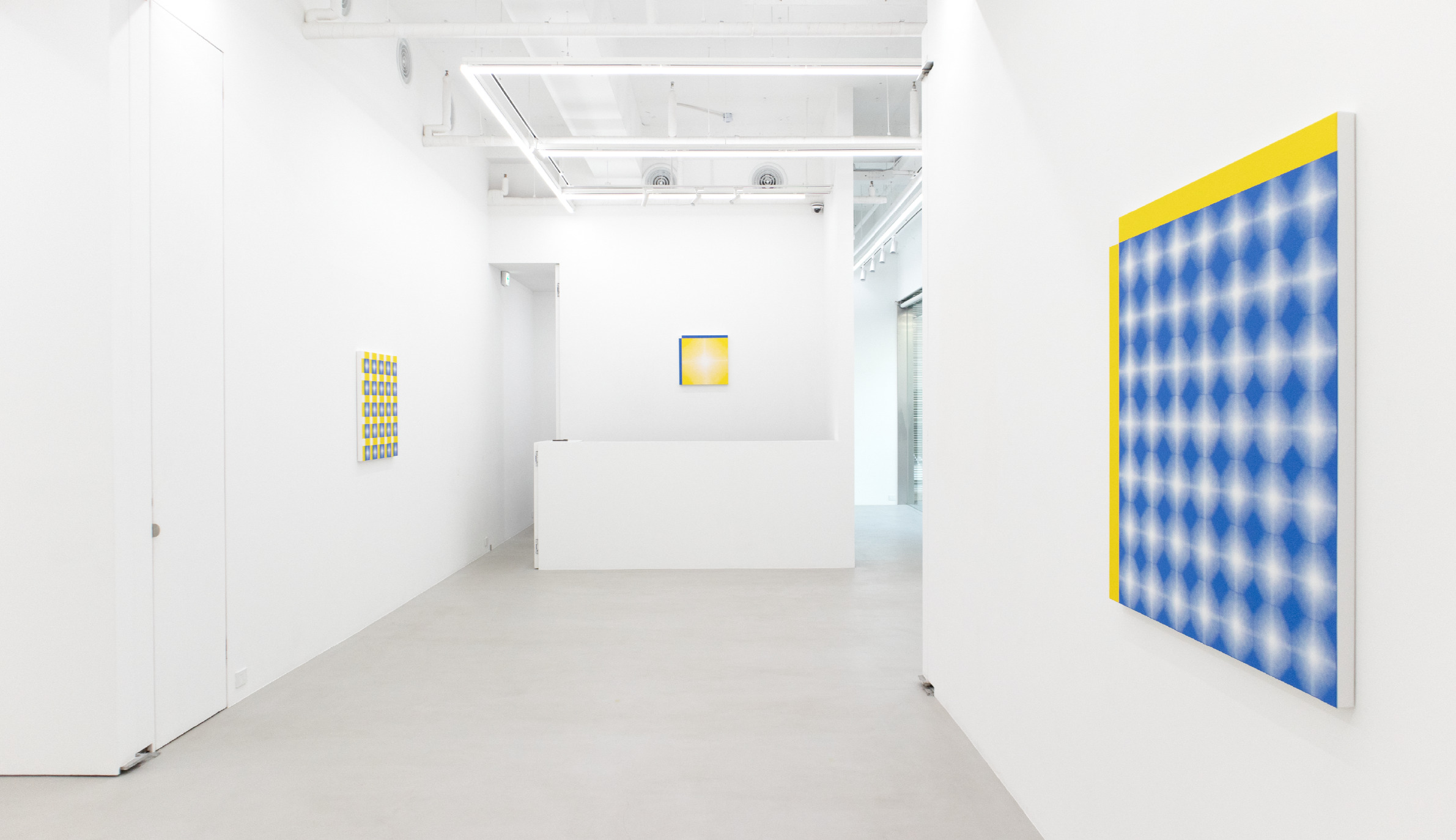
Installation view of 《LUX》 ©021 Gallery
021 Gallery presents a solo exhibition 《LUX》
by artist Rahm Parc, on view through December 5.
Rahm Parc is an artist who works across various media—including
drawing, painting, performance, sculpture, and installation—continuously
exploring the essence of painting and its potential for new forms of
expression. Drawing on her long-standing habit of creating scores, charts, and
diagrams, she persistently experiments with the formal language of painting
through intermedial translation and structural repetition.
In her recent works, inspired by the grid structure of
spreadsheets, Parc constructs impossible spatiotemporal configurations on the
pictorial plane by arranging colors and applying her distinctive sense of
perspective, thereby expanding the boundaries of painting. Through this
process, she depicts a world in which image and reality are inseparably
intertwined, using her own unique methodology.
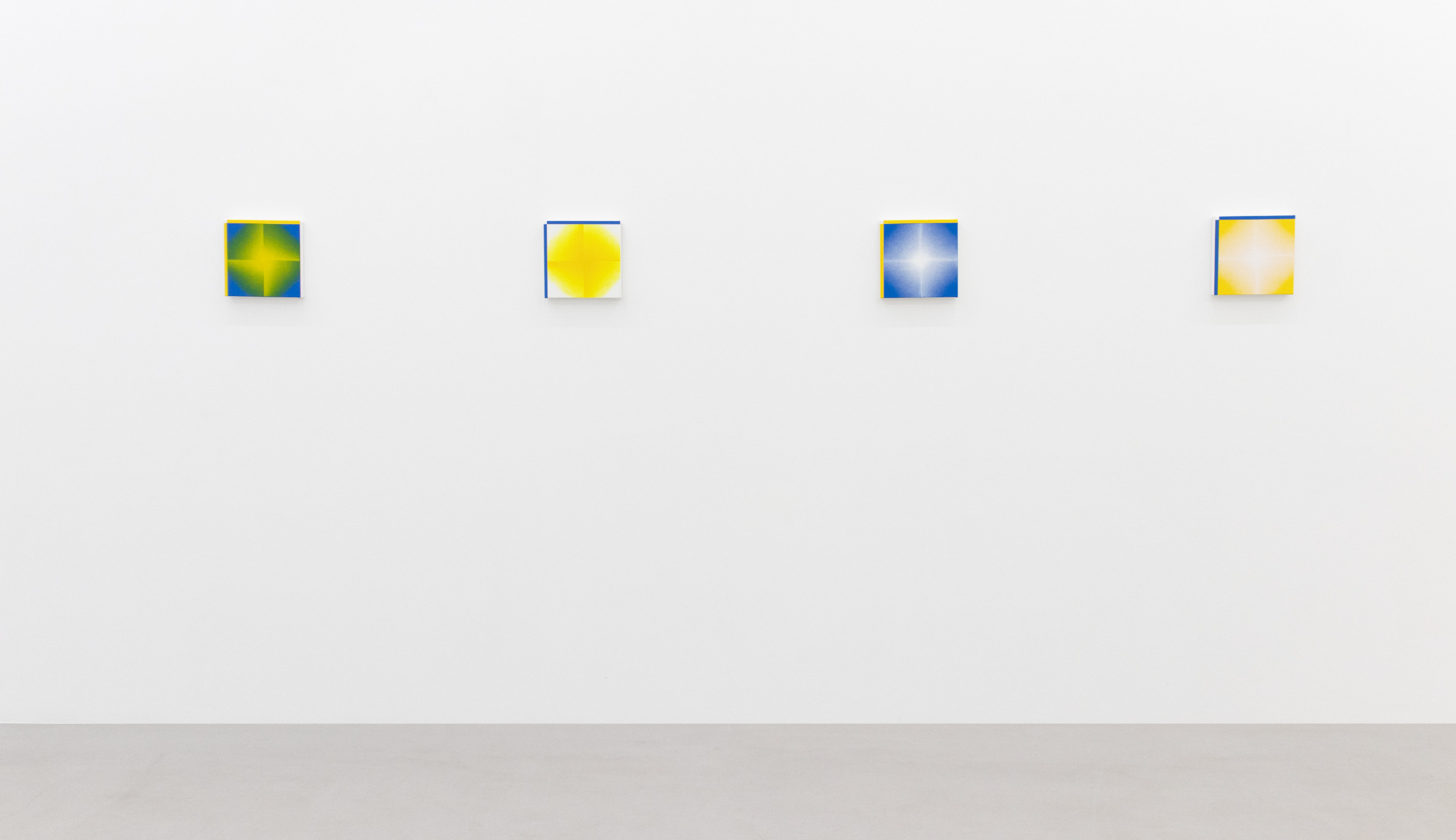
Installation view of 《LUX》 ©021 Gallery
Rahm Parc’s tenth solo exhibition, 《LUX》, presents her
latest body of work, extending her ongoing exploration of the nature and
potential of painting. The exhibition visualizes the dispersion of light as it
radiates in all directions.
The new paintings are composed on square canvases of various
sizes, each constructed through combinations of multiple colors. Every work is
based on a single modular unit—a square divided into four color-filled
sections—that maintains a shared structure while revealing distinct variations
in form and density. Within these works lies a sense of order and rhythm, where
subtle differences and movements emerge from the particles of color.
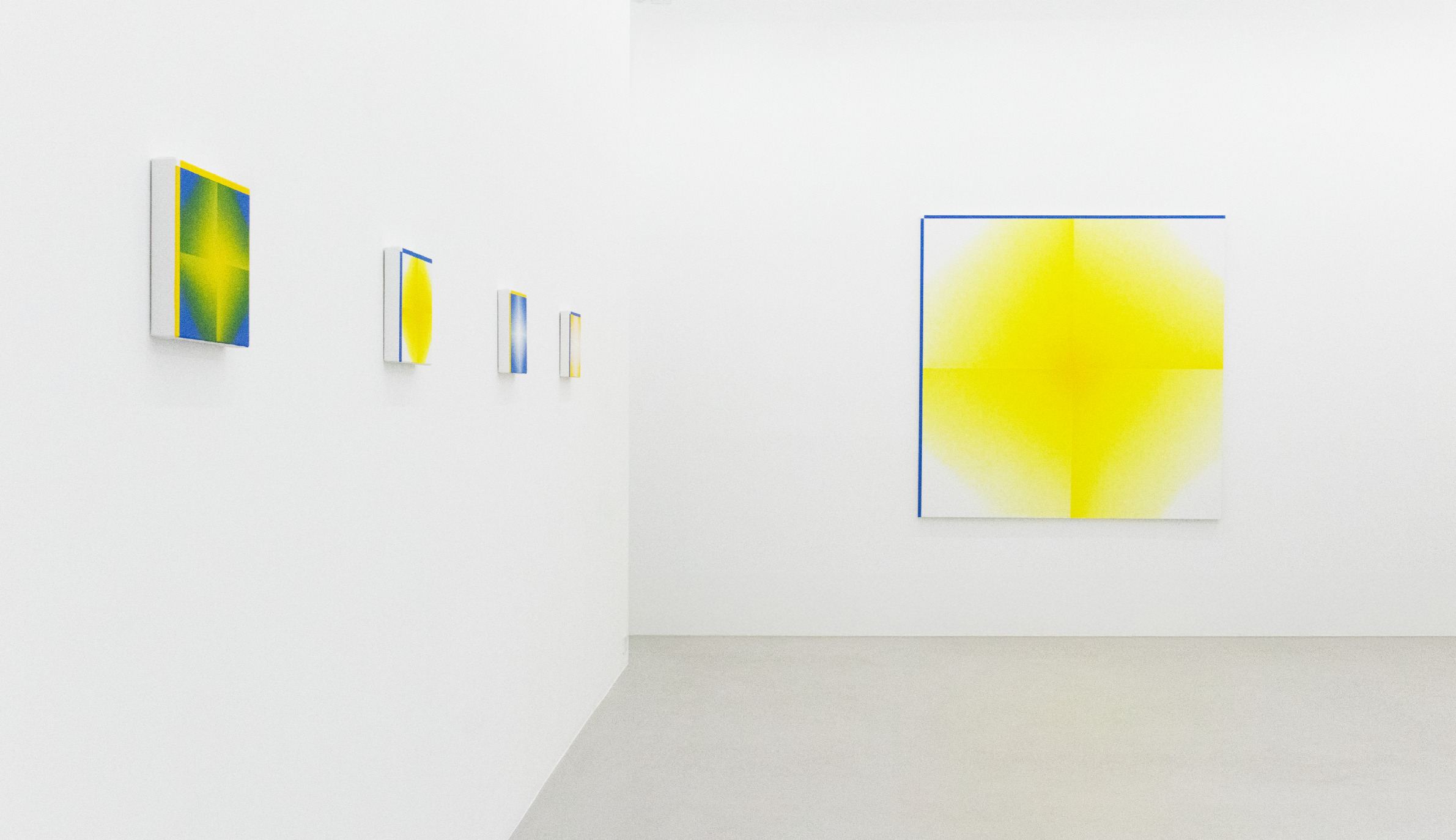
Installation view of 《LUX》 ©021 Gallery
For the artist, color is more than a visual element—it is a
medium that enables an order operating within the invisible layers of the mind.
She treats color as an index marking a point on a coordinate, proposing an
imagined space-time woven through color within one’s inner world.
Thus, what at first appears to be a visualization of light is,
in fact, a composition of color fields. These color planes generate a fluid,
mental form of vision shaped by the painting’s inherent order and the unique
sensibility of each viewer.





